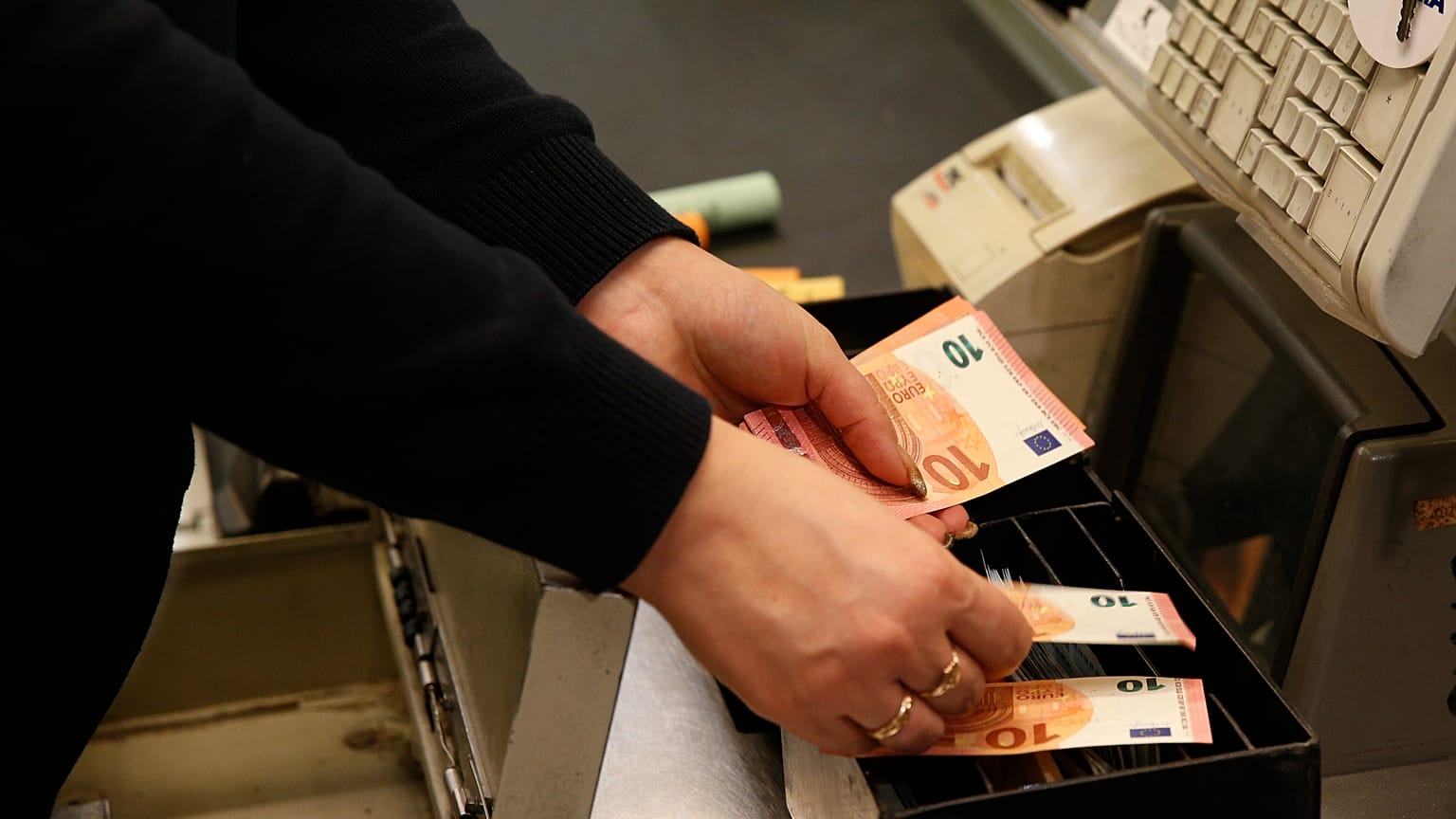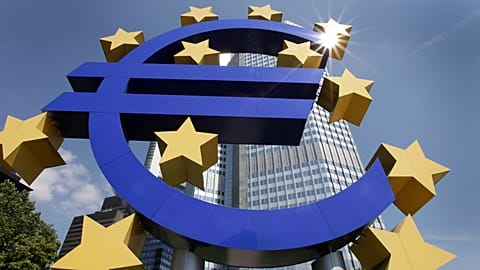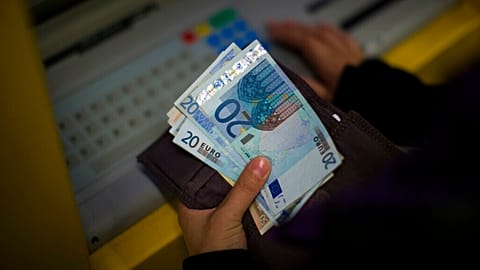While cash use is declining across Europe, more than half of all payments are still made with banknotes. Its usage share is, however, much lower in terms of value.
As a rising number of people turn towards digital payments in Europe, the share of cash transactions is declining, although banknotes still play a significant economic role.
In the eurozone, just over half of all transactions (52%) were paid in cash in 2024, according to an ECB survey of 40,000 participants. Even so, this share is much lower when looking at value — amounting to 39% of transactions.
In 14 out of 20 eurozone countries, cash is the most frequently used payment method, and it makes up between 45% and 55% of transactions in about half of the countries. Comparing countries in the eurozone, cash use ranges from 22% in the Netherlands to 67% in Malta.
Southern Europe and Eastern Europe remain particularly cash-dominant, with Italy recording a 61% total, Spain a 57% total, and Slovenia 64%.
Cash-dominant South & East vs. digital-first North & West
Northern and Western Europe, including the Netherlands (22%), Finland (27%), Luxembourg (37%), Belgium (39%) and France (43%), are more digital-first, with cash use already marginal in some countries.
Among the EU’s four largest economies, France is the only nation below the eurozone average of 52%, while Germany stands slightly above this, at 53%.
“In the Netherlands there are very high adoption rates of digital payment methods such as contactless payments with a debit card or smartphone. Dutch consumers perceive contactless payments as faster and more convenient than, for example, cash or traditional debit card payments,” a Dutch Central Bank spokesperson told Euronews Business.
The spokesperson also noted that both cash and debit cards are widely accepted by merchants, helped in part by relatively low charges for merchants and by bank campaigns to encourage digital payments for small amounts.
These drivers largely seem to apply to other countries with lower cash usage as well.
Cash use in the value of payments
In terms of value, cash had a share of 39% in the euro area, varying from 17% in the Netherlands to 59% in Lithuania.
High reliance on cash, with more than 50% of total spending made in cash, is seen not only in Lithuania, but also in Slovakia (56%), Slovenia (56%), Austria (56%), Malta (54%), and Croatia (51%).
Italy (49%), Portugal (47%), Spain (45%), Ireland (44%), Cyprus (43%), and Greece (42%) fall into the medium range of cash reliance by value.
In six countries, the share of cash is 35% or below: the Netherlands (17%), Finland (28%), Luxembourg (29%), Germany (30%), France (34%), and Belgium (35%).
While Lithuania ranks highest, Latvia stands at 36% — showing large differences even between neighbouring countries.
Cards dominate payments above €50
Germany also looks very different from Austria in terms of cash use, despite cultural similarities. Banknotes are still popular in Austria, while Germany is starting to embrace digital payments.
These results show that, in terms of monetary value, cash is still important in Central, Eastern, and Southern Europe, whereas Northern and Western Europe rely much more on digital payments.
The ECB also found that cash is the most frequently used payment method for small-value purchases, although cards are used most often for payments above €50.
Perceived advantages: Why do people use cash?
When asked about the perceived advantages of cash compared with card payments, respondents highlighted several reasons.
The top advantage was that “cash is anonymous and protects privacy” (41%), followed by “cash makes people more aware of their expenses” (35%), and “cash transactions are immediately settled” (30%).
Only one in five cited cash as safer
Another 28% of respondents said they used cash because it is accepted in more situations, while around one in five mentioned that cash is easier or faster. Only 18% cited cash as being safer.
Distinctions can also be drawn along age lines, as younger customers generally feel more comfortable with digital payment methods. The data shows consumers under 40 used cash for less than 50% of their transactions, while individuals aged 65 and older completed 57% of their payments with cash.


















